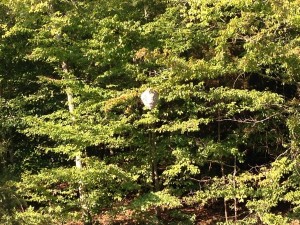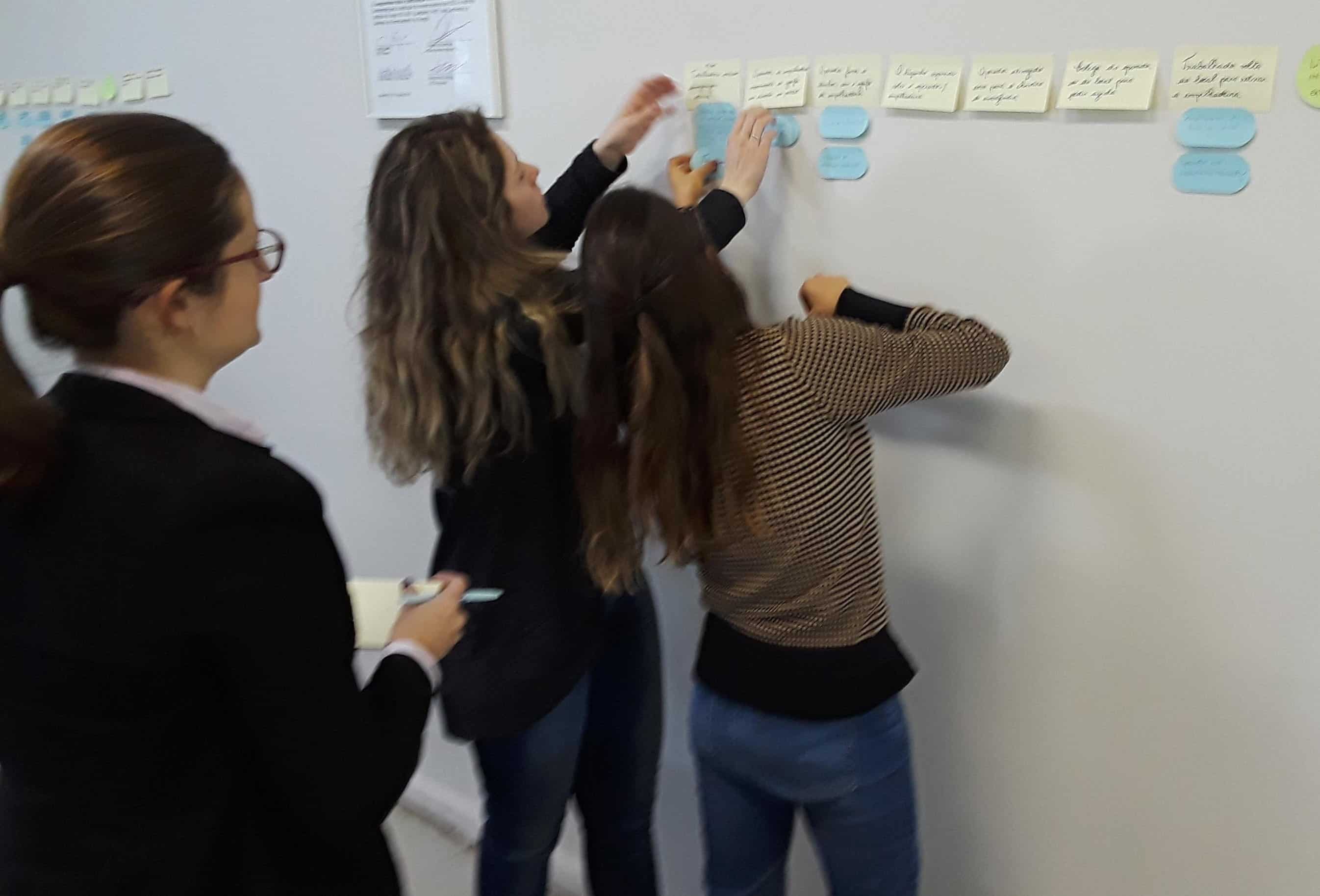Root Cause Analysis Tip: ENERGY – SAFEGUARD – TARGET

What’s that in the distance hanging from a tree?
If you answered a hornet’s nest, you are correct!
It’s the first one I’ve ever seen in person in the wild (with real, live hornets buzzing in and out).
What does this have to do with root cause analysis?
Practice the skills you learn in a TapRooT® class by analyzing everyday situations. In this example, let’s look at Energy – Safeguard – Target.
What is the ENERGY?
I guess I would call it a biological source of Energy – HORNETS!
What is the TARGET?
Anything that disturbs the nest. It could have been me if I moved any closer.
What are the SAFEGUARDS that protected me from the hornets?
In this case, the only safeguard was my own awareness when walking through the woods.
That’s a pretty weak human performance safeguard. But this time it worked!
Should I have removed the hazard? No way! That’s much more risk that just leaving the area and remembering where the nest is.
How many “awareness” safeguards do you depend on at work? Is that really good enough? Should you be removing the hazards?
That’s your root cause analysis tip to think about for today!
Want to learn more about TapRooT®, advanced root cause analysis, and Energy – Safeguard – Target Analysis (we call it Safeguard Analysis)? Then attend a 5-Day TapRooT® Advanced Root Cause Analysis Team Leader Course. See the upcoming worldwide public course schedule at:
http://www.taproot.com/store/5-Day-Courses/?coursefilter=Team+Leader+Training



